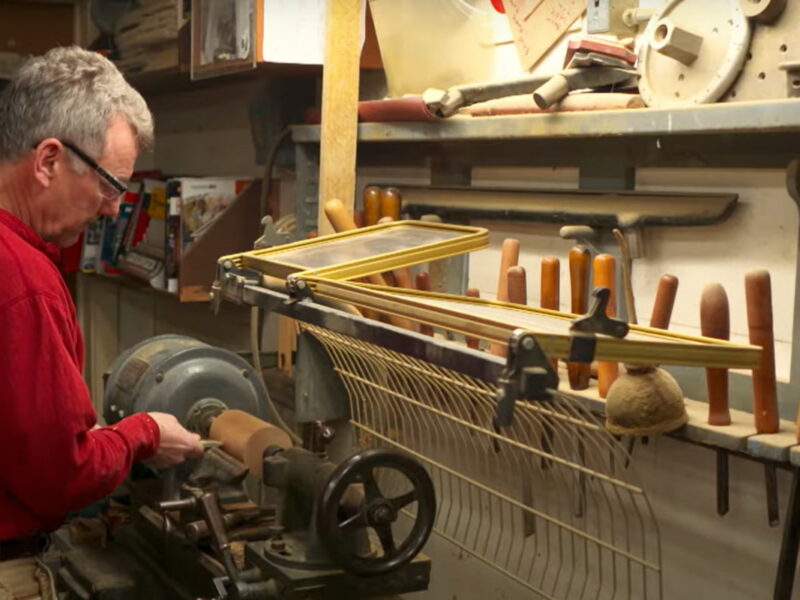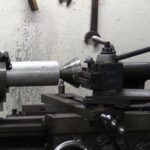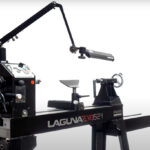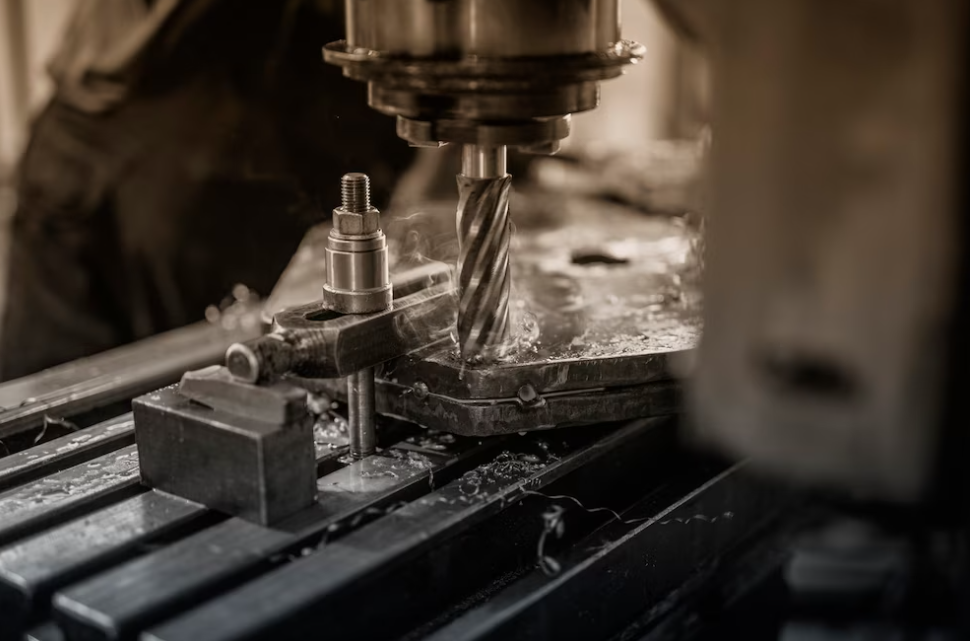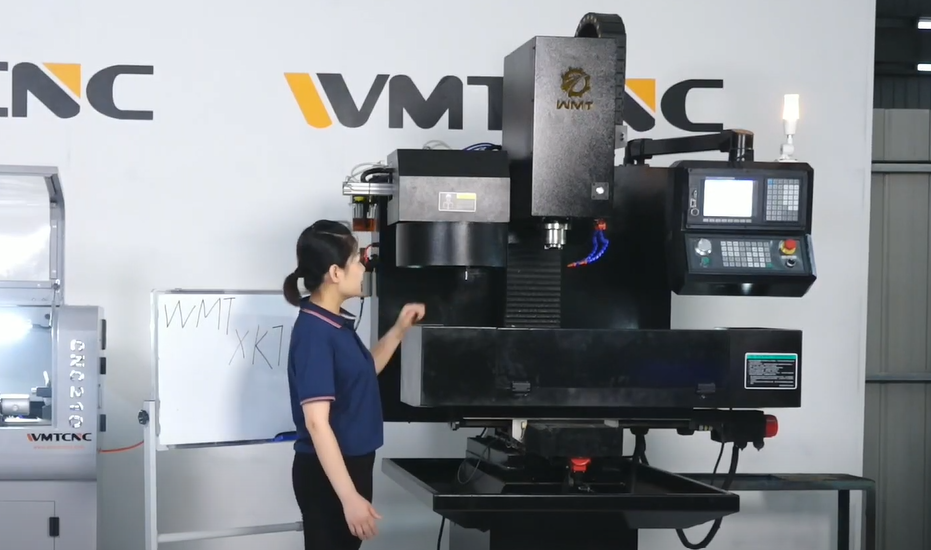Lathes, the versatile machines used for shaping and cutting materials, have a rich history that dates back centuries. In this article, we’ll delve into the origins and evolution of lathes, exploring the fascinating journey from their early inception to the cutting-edge innovations of today.
The Early Beginnings
In ancient times, artisans and craftsmen sought efficient ways to shape wood, metal, and other materials. The concept of turning objects on a spindle, a foundational idea for lathes, emerged during this period. Artifacts found in ancient Egypt and Greece provide evidence of early lathe-like tools used for woodworking and pottery.
The Medieval Advancements
During the Middle Ages, the art of lathe craftsmanship flourished in Europe. Skilled artisans crafted intricate designs on wooden objects, such as furniture and musical instruments, using hand-operated lathes. The technology gradually spread across the continent, transforming the way craftsmen worked.
The Industrial Revolution and Lathe Modernization
The 18th and 19th centuries brought about a significant shift in the world of lathes. The Industrial Revolution propelled the manufacturing industry forward, leading to the development of steam-powered and mechanized lathes. With these advancements, lathes could now handle more substantial workloads and achieve higher precision.
The Birth of the Metal Lathe
The early 19th century saw a pivotal moment in lathe history with the invention of the metal lathe. Henry Maudslay, a renowned engineer, played a crucial role in designing and popularizing this groundbreaking machine. Metal lathes revolutionized metalworking industries, allowing for the creation of precise metal components for various applications.
20th Century: Advancements and Innovations
The 20th century witnessed remarkable progress in lathe technology. Electric lathes replaced their steam-powered predecessors, providing greater efficiency and ease of use. Additionally, computer numerical control (CNC) lathes introduced computer automation, enabling highly intricate and complex designs with minimal human intervention.
Modern Lathes: State-of-the-Art Technology
As we entered the 21st century, lathes continue to evolve with the integration of advanced technologies like artificial intelligence and robotics. Modern CNC lathes can perform multitasking operations, further expanding their capabilities in the manufacturing sector. These cutting-edge machines have found applications in aerospace, automotive, and medical industries, among others.
Lathes Across Industries
Lathes have become indispensable tools across a wide range of industries. From metalworking and woodworking to ceramics and glassmaking, lathes play a vital role in shaping raw materials into finished products. They have proven to be valuable assets for both small-scale artisans and large-scale industrial manufacturers.
The Impact on Society and Economy
The invention of lathes and their subsequent advancements have had a profound impact on society and the economy. These machines have driven industrial growth, streamlined production processes, and contributed to the development of various sectors. The accessibility of mass-produced goods has changed consumer dynamics, making lathes a cornerstone of modern life.
Types of Lathes
| Lathe Type | Key Features | Application |
|---|---|---|
| Hand-Operated | Manual operation, basic functions | Woodworking, pottery |
| Metal Lathe | Precision machining of metal | Manufacturing, engineering |
| CNC Lathe | Computer-controlled, automation | High-precision industries |
The Future of Lathes: Innovations on the Horizon
As technology continues to advance, we can expect further innovations in the world of lathes. Additive manufacturing techniques, like 3D printing, may find integration with traditional lathe systems, enabling novel manufacturing possibilities. Additionally, advancements in materials and automation will likely push the boundaries of lathe capabilities.
Notable Milestones in Lathe Development
- 3000 BCE: Ancient Egyptians use a simple lathe-like device for woodworking and pottery;
- 500 BCE: Ancient Greeks enhance lathe technology for more intricate designs in woodworking;
- 13th Century: Medieval European craftsmen use foot-operated lathes for precision work;
- 17th Century: Spring pole lathes become popular for spindle turning in woodworking;
- 1797: Henry Maudslay introduces the screw-cutting lathe, revolutionizing industrial manufacturing;
- 1818: Richard Roberts invents the first fully-functional metal planing lathe, expanding lathe applications;
- 1952: MIT researchers develop the first CNC lathe prototype, laying the foundation for modern computer-controlled lathes.
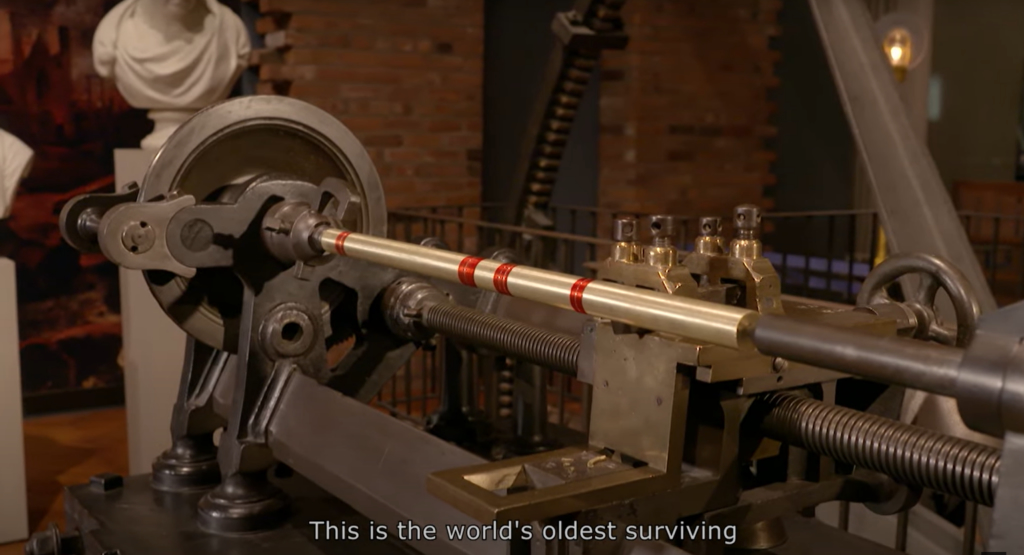
Types of Lathe Tools and Accessories
Cutting Tools
- Turning Tools: Used for general turning operations on a lathe, such as roughing, finishing, and facing;
- Parting Tools: Designed to cut workpieces to a specific length by creating deep grooves;
- Boring Tools: Used to enlarge existing holes and create internal features in workpieces.
Chucks and Faceplates
- Scroll Chucks: Popular self-centering chucks for securing cylindrical workpieces;
- Independent Chucks: Used for irregularly shaped workpieces that need precise centering;
- Faceplates: Ideal for holding large and heavy workpieces with irregular shapes.
Lathe Accessories
- Steady Rests: Support long workpieces to prevent flexing during machining;
- Follow Rests: Used to provide additional support for long, slender workpieces;
- Tailstock: Provides support to the non-rotating end of the workpiece and includes a center for additional stability.
Safety Considerations and Lathe Operation Tips
Operating a lathe requires adherence to safety guidelines to prevent accidents and injuries. Here are some essential tips to ensure a safe and efficient lathe operation:
- Wear Appropriate Safety Gear: Always wear safety glasses, gloves, and appropriate clothing to protect against debris and sharp edges;
- Inspect the Lathe: Before use, check the lathe’s condition, including tools, belts, and chuck alignment;
- Secure the Workpiece: Ensure the workpiece is properly secured in the chuck or on the faceplate before starting the lathe;
- Use the Correct Speed: Adjust the lathe’s speed according to the material and cutting tool to avoid damaging the workpiece or tool;
- Avoid Overloading: Do not exceed the recommended cutting depth or feed rate to prevent the lathe from stalling or breaking;
- Keep the Workspace Clean: Remove chips, debris, and coolant regularly to maintain a clean and safe work environment;
- Use Sharp Tools: Dull cutting tools can lead to poor results and increase the risk of accidents. Keep tools sharp and well-maintained;
- Pay Attention to Lathe Vibration: Excessive vibration may indicate an issue with the lathe or improper cutting conditions. Address the cause promptly;
- Be Mindful of Rotating Parts: Avoid reaching into moving parts of the lathe while it’s running to prevent accidents;
- Practice Safe Stoppage: If an issue arises, turn off the lathe and wait for it to come to a complete stop before investigating or making adjustments.
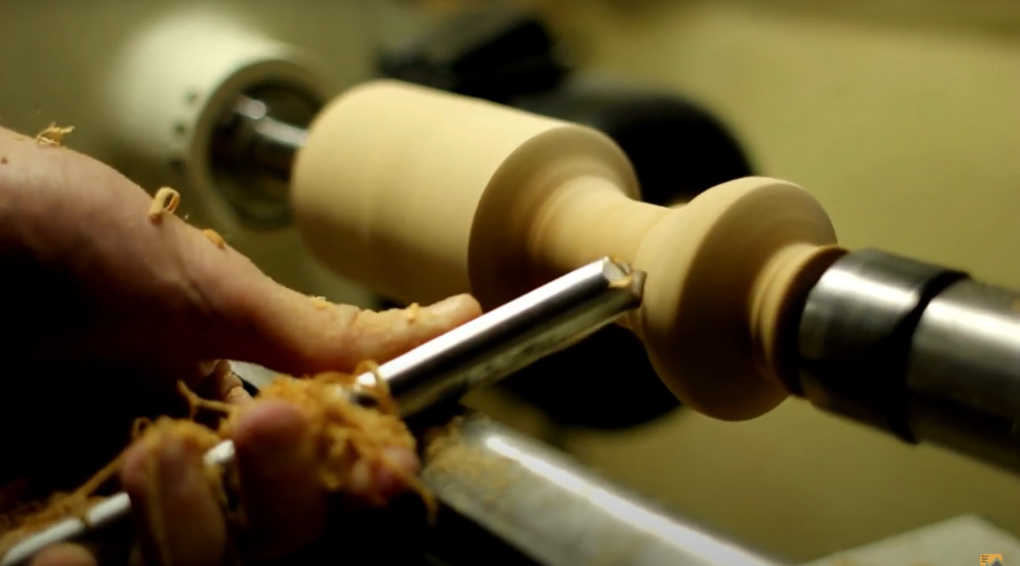
Conclusion
The history of lathes is a testament to human ingenuity and the relentless pursuit of efficiency. From their humble beginnings in ancient times to the state-of-the-art machines of today, lathes have transformed industries and revolutionized manufacturing. As we look ahead, the continuous evolution of l
